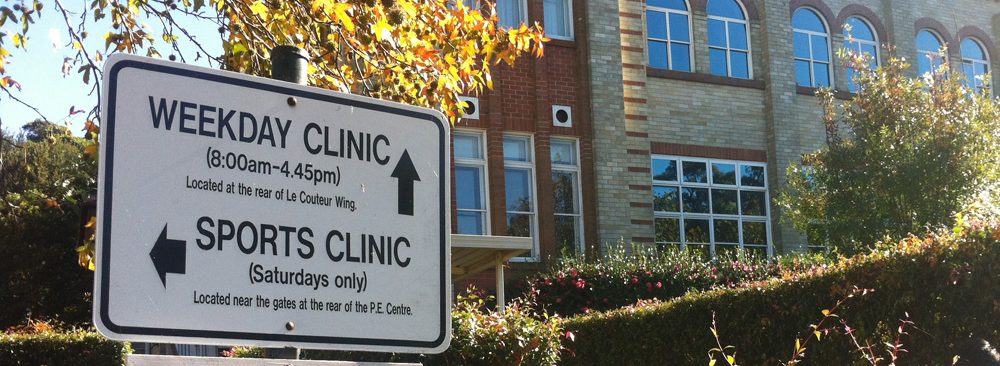How to Treat a Burn
With all the terrible fires around Sydney I thought I would remind you about first aid for burns. Burns are divided into 3 categories:-
- Superficial – these burns cause damage to first layer of skin. The burn site will be red and painful.
- Partial thickness – includes damage to the first and second skin layers. The burn site will be red, peeling, blistering and swelling with clear or yellow-coloured fluid leaking from the skin. This burn site is very painful.
- Full thickness – involves damage to both the first and second skin layers, plus the underlying tissues, muscle, bone and organs. The burn site is usually black or charred with white exposed fatty tissue or bone. The nerve endings are generally destroyed and so there is little or no pain experienced at the site of the full-thickness burn. However, surrounding partial thickness burns will be very painful.
First aid for minor burns
Initial first aid can influence final cosmetic outcome, so know what to do.
If possible, remove jewelry and clothing from around the injury unless the clothing is stuck to the burn.
Immediately cool the area under cool running water until the skin returns to normal temperature up to 20 minutes. This will help up to 3 hours after a burn has occurred. Studies have shown that this significantly reduces tissue damage, improves wound healing and decreases scarring. If this is not possible apply and continually reapply a cold-water compress. Do not use ice or iced water as this can worsen the injury. If a limb is burned – elevate to reduce swelling if feasible.
Cover the burn with clean, sterile (if possible), non-stick material. Laying (not wrapping) a few layers of cling wrap over the burn is appropriate once cooled. Cling film is very clean, transparent, won’t stick and provides a barrier. Keep the person warm by covering up unburned areas of the body.
Remember – COOL THE BURN, WARM THE PERSON
DO NOT use adhesive dressings, apply fat, ointment or lotions, break a blister or touch a burn.
Jelonet, a Vaseline gauze can be folded and applied to a minor burn. There is an extensive range of dressings and treatments available for more serious burns.
Urgent hospitalization is required for
- burns covering large areas of the body (for example, the arm, thigh or chest)
- electrical or chemical burns
- burns of the face, hands, genitals, feet, joints or airway
- third degree (full thickness) burns the very young and the elderly
- a person, if they have another serious medical condition such as diabetes.
So finally make sure your smoke alarm battery at home has been changed recently and keep safe this bushfire season.
Margaret Bates
School Nurse (Senior School Campus)






